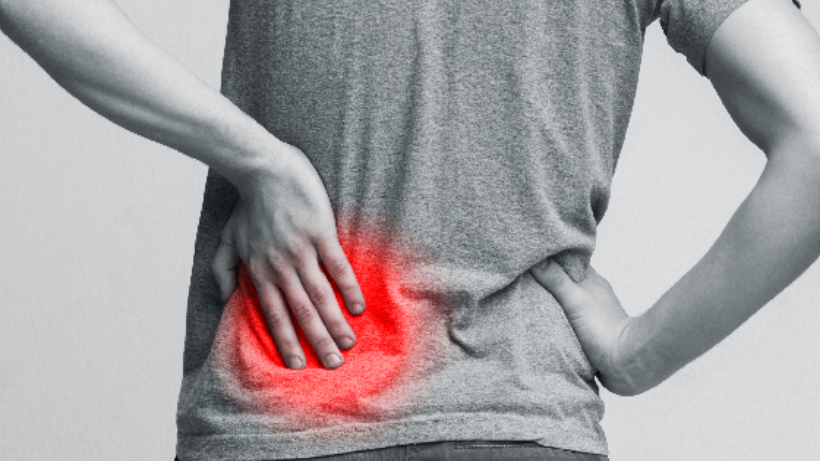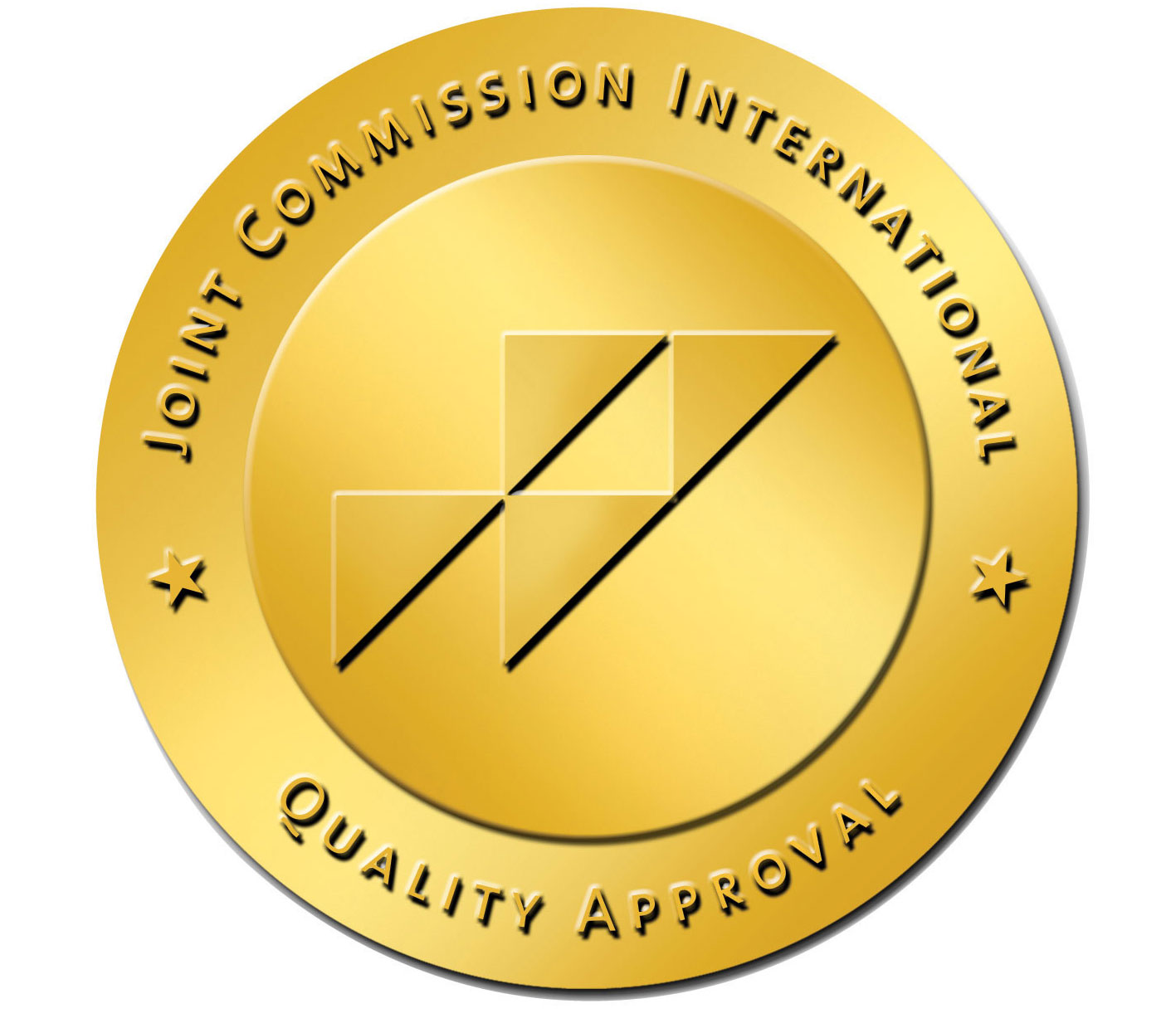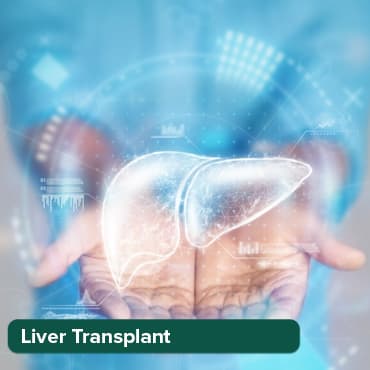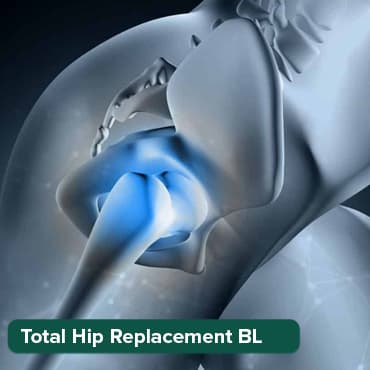
Where Does It Hurt When You Have A Kidney Infection?
07 Apr, 2022
Often people confuse between back pain and kidney infection pain. The best way to identify kidney pain is to feel tenderness and pain on the sides and lower back. However, that is not always the case. There can be instances when pain is due to the kidney but felt elsewhere. Moreover, the pain can be sharp and sudden, or one might experience constant dull aches.
This article will help you identify kidney infection pain and how it is different from back pain.
Transform Your Beauty, Boost Your Confidence
Find the right cosmetic procedure for your needs.

We specialize in a wide range of cosmetic procedures

Where Can You Feel The Kidney Infection Pain?
Apart from the lower back or sides, kidney pain can be felt by an individual under the rib cage’s lower part. The pain can be felt on either the right or left side or both sides simultaneously. In addition, kidney pain can be felt in the middle of the upper back. There can be a pain in the urinary system and even the bladder.
Here are some of the areas where kidney infection can cause pain.
Back
If a person experiences sharp stabbing pain at the upper or middle of the pack and it radiates, it is most likely due to kidney stones. The pain can feel like spasms, often spreading to the groin area.
Groin
Pain in the groin due to kidney infection occurs. The pain at times radiates to other areas of the body from where it originated. At times males may experience kidney infection pain in their testicles.
Urination
When someone experiences a burning or stinging sensation during urination, they are likely to have bladder, urine, and even kidney infections. Other symptoms related to urination may include:
• Cloudy urine
• Pain at the bottom of the abdomen while urinating
• Foul-smelling urine
• Urge to urinate often
Related Article - How Long Can You Have A Kidney Infection Without Knowing
The Difference Between Kidney Infection Pain and Back Pain
It is difficult to distinguish between kidney infection pain and back pain, mainly when kidney pain can often be felt in the back. However, there are ways to differentiate between the two:
Location
Kidney Pain:
Typically kidney infection pain is felt in the lower area of the rib cage on the other side of the spinal cord. A person can feel it on each side or both depending on the condition of the infection. The pain then can radiate to
• the abdomen
• sides
• thigh
• groin
Back pain:
Back pain is one of the most common issues faced by people. Almost 80 percent of adults will experience back pain at some point. It can happen anywhere in the back, but people feel it in their lower back.
Pain Severity
Kidney pain :
Adding to this, the pain caused due to kidney infection will remain stable; there is a constant dull ache and soreness in the area.
Back pain:
Muscle: If the back pain is due to the muscle, there will be soreness and a dull ache, which will amplify with specific body movements. The severity can fluctuate in response to stretching.
Nerve: When back pain is due to a nerve, there is a stabbing or burning sensation that will travel across the other areas of the body. For instance, sciatica pain starts at the lower back but radiates to the buttocks and even the thigh area.
Bone: Due to irregular-shaped spine or vertebral fractures can cause bone pain. It is experienced suddenly, and the pain usually worsens with a specific movement. The severity can be between moderate to extreme.
Related Article - UTI vs Kidney Infection - Understand The Difference
When To See A Doctor?
Whether you are experiencing kidney or back pain, it is wise to visit a doctor. In both cases, early detection of the issue can help you recover early. So, if you are experiencing back pain, instead of considering whether it is due to a muscle pull or kidney infection, visit a doctor.












